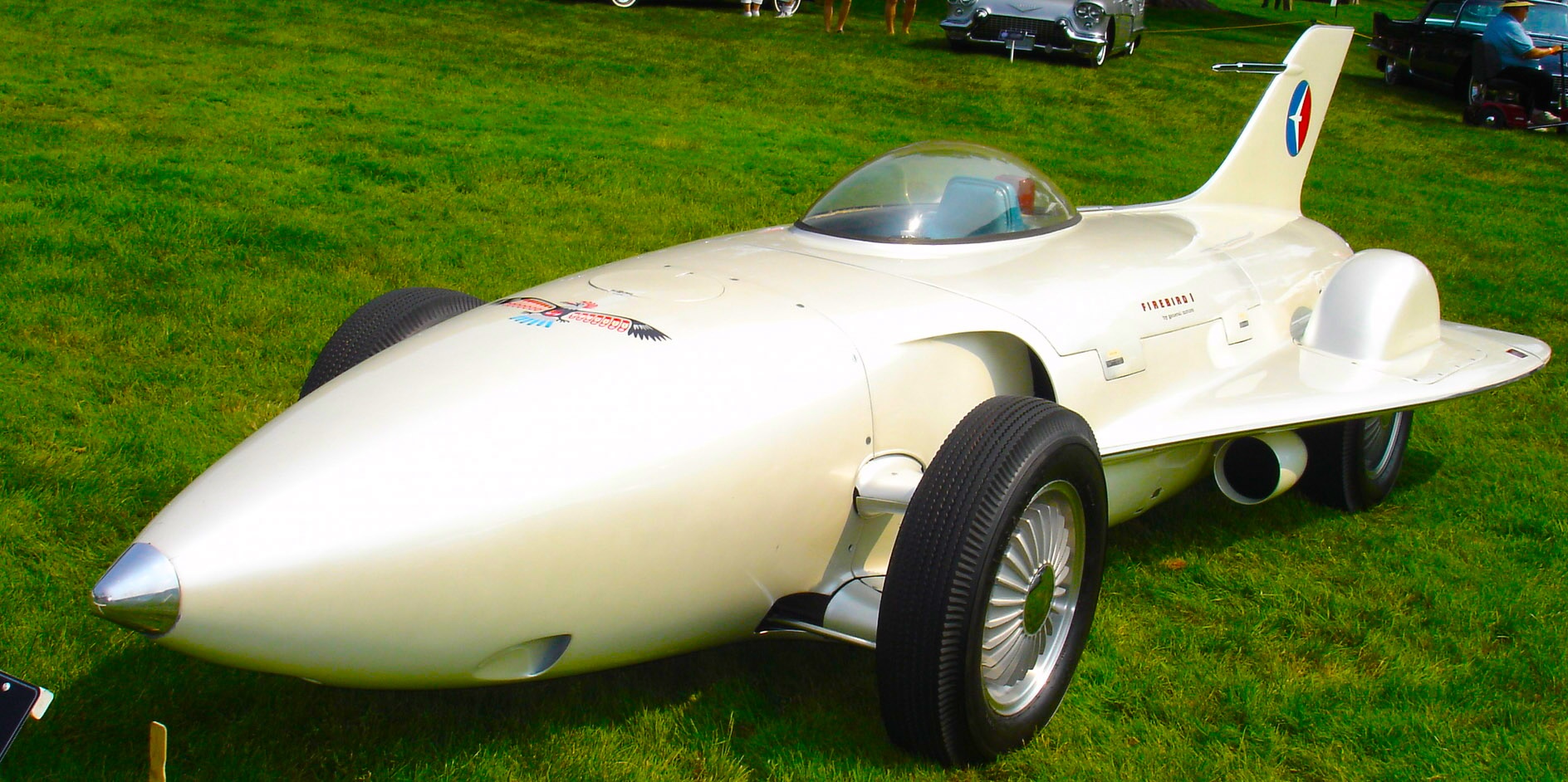A Jet on the Road
In 1953, General Motors unveiled the Firebird I, a jet-inspired concept car designed by Harley Earl’s team. It was powered by a 370 hp Whirlfire gas turbine and featured wings, a single-seat cockpit, and a jet exhaust. Though never intended for mass production, the Firebird I demonstrated turbine-powered vehicle feasibility and was tested at speeds up to 100 mph.
From Speed to Comfort
The 1956 Firebird II introduced a four-seat titanium body, regenerative exhaust cooling, disc brakes, and a futuristic guidance system intended for automated highways. It used a 200 hp turbine engine and featured independent suspension, showcasing advanced automotive ideas for safe high-speed travel.
Joystick Control and Sonic Doors
The Firebird III debuted in 1959, a two-seater with seven fins, a double-bubble canopy, and joystick steering. Powered by a 225 hp turbine plus a 10 hp gas engine for accessories, it included cruise control, air conditioning, drag brakes, and an ultrasonic door key—features that forecasted future vehicle technologies.
Designing Tomorrow’s Highways
The Firebird IV, shown at the 1964 New York World’s Fair, presented a vision of autonomous travel. Though not functional, its design reflected GM’s belief in automated highways. Its sleek form was later rebranded the Buick Century Cruiser before being scrapped in the 1980s.

